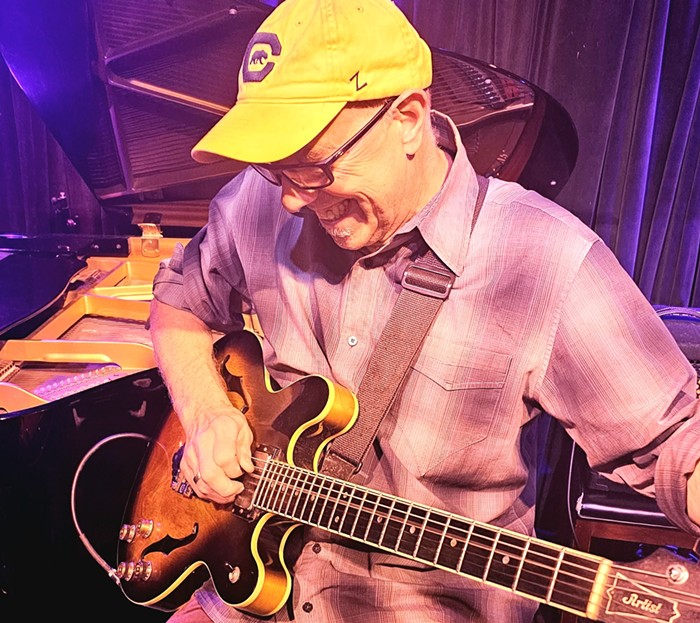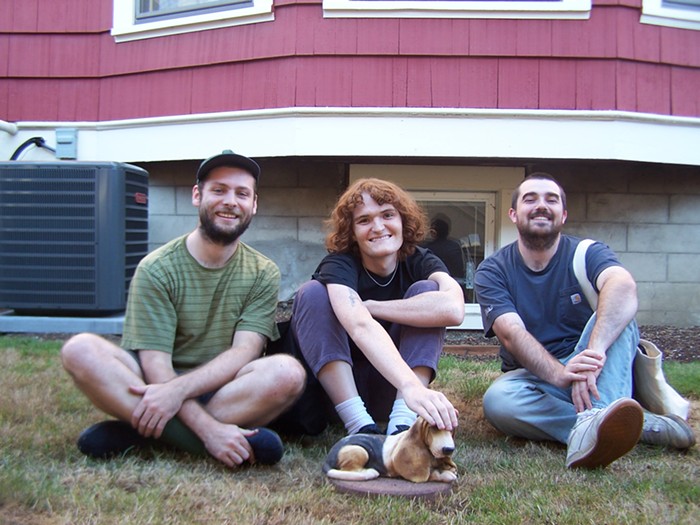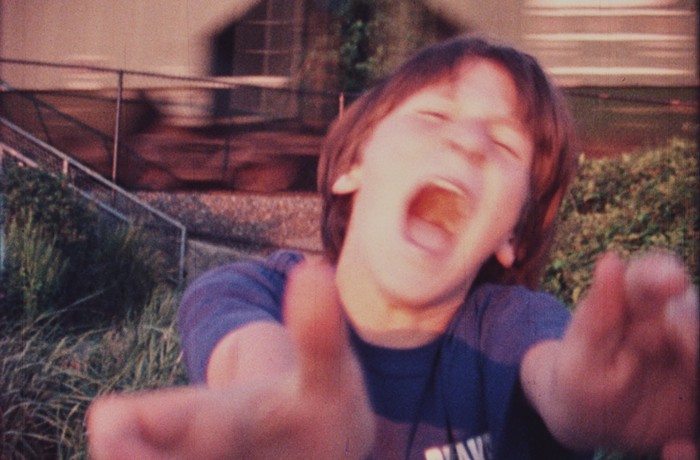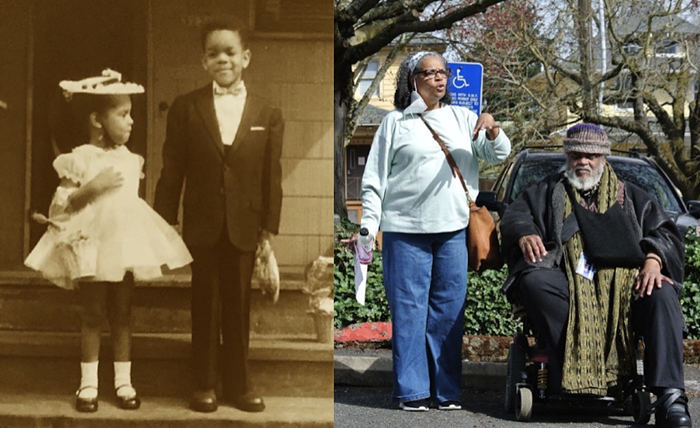"No, there is no such thing as an 'Oregon sound' in the contemporary classical music sense." This assertion by Bob Priest was the most succinct of the unanimously demurring responses I received from Portland-based composers when I asked whether there is an aesthetic common denominator in the music of present-day Oregonian composers.
Though I would love to make the case for a Northwest style, I am in no position to rebut Priest's claim because—to my chagrin as a connoisseur of new, local music—I have heard scant few works by Oregon's current crop of composers. But with their concert program Home Grown: Fresh, Delectable Sounds by Oregon Composers, Portland's own contemporary repertoire chamber ensemble Fear No Music is offering me a chance at redemption.
In advance of the group's presentation of Home Grown—which will feature 11 pieces (including three world premieres and two dance collaborations) by Oregonian composers—I spoke with Fear No Music violinist and Artistic Director Inés Voglar. Given that she jokingly attributed the ensemble's foundation in 1992 to the fact that "the opportunity to play unbelievably difficult music that had no following was just too tempting to pass by," Portland musicians of other stripes may find much to identify with here if they look closely.
MERCURY: Many of us hear "chamber ensemble" and assume this means "string quartet." But Fear No Music's instrumentation is more unexpected, including piano and percussion in the core ensemble. Was this a deliberate choice?
INÉS VOGLAR: The original combination included violin, cello, flute, clarinet, piano, and percussion. That particular instrumental format was extremely popular among 20th century composers. It is usually traced to the work Pierrot Lunaire by Arnold Schoenberg, which used those instruments, minus the percussion. He was probably the first composer to explore the enormous range of timbres and colors that were available in that combination of strings, wind, and piano, and his format became a touchstone for subsequent composers. As percussionists appeared on the scene and began demanding equal treatment, and because a percussion layout can add a huge amount of volume and noise to the group, composers began including ever bigger setups in such an ensemble. Over the years it has evolved, depending upon the performers available, into the current instrumentation.
What are the benefits and drawbacks of doing what you do in Portland as opposed to a traditional "high art" center like New York?
If Fear No Music were playing in NYC we would be drawing the same miniscule audience of 40 people—20 of which would be the performers' friends—to a concert that would be one of 20 taking place each weekend. Here, Fear No Music regularly fills up halls and the group develops community relationships with the audience members and the composers. Because Portland, at least in the musical sense, isn't really looking over its shoulder to see what's the musical flavor of the month as NYC is, Fear No Music is freed up from having to chase the latest "ism" that happens along. Members are able to take a look at what's going on in the supposed centers of the musical world, decide if it's really quality material or just the latest fad, and then present it here. Plus, the beer and wine are much better here.
Fear No Music presents Home Grown on Friday, February 13, at Disjecta (8371 N Interstate).



















